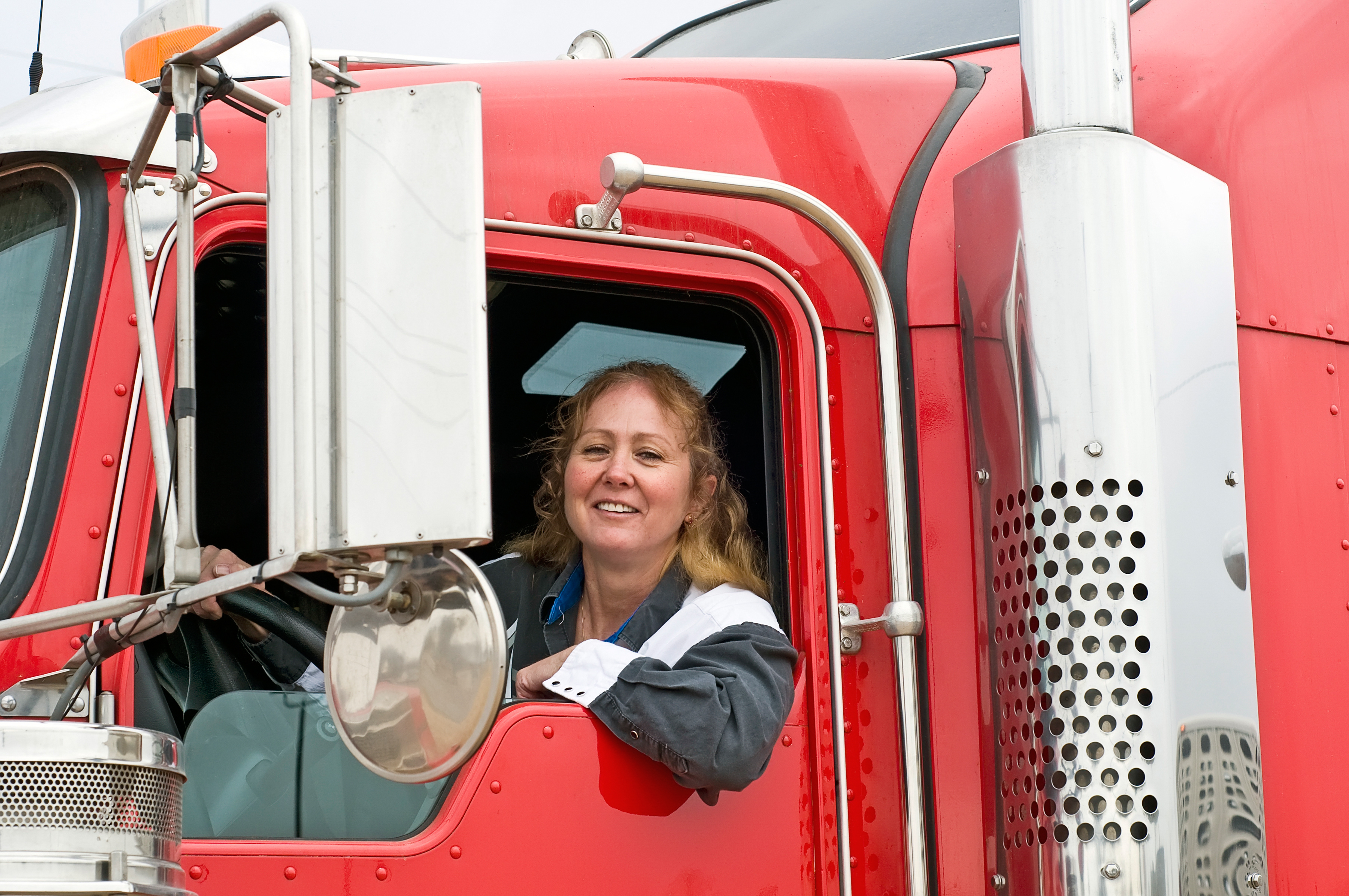Every month ATBS does the accounting for thousands of owner-operator drivers. We have inside knowledge of who is profiting by making the right business decisions and who is struggling each month. A bad month happens to the best of us once in awhile, but if you’re struggling month after month then you’re probably looking at your business the wrong way. We’re here to help you, so let us guide you to making the best business decisions based off of your Profit & Loss Reports.
We’ve found that the drivers who place a high value on average revenue per day are doing the best financially. Average revenue per day is a combination of two things – revenue per mile (RPM) and miles. If RPM is low and miles are high then revenue per day will be lower than it should be while at the same time some costs will be higher. The opposite may be true as well. Your revenue per day can also suffer if RPM is high but miles are low.

While it is important to consider both RPM and miles, the most successful owner-operators will choose loads that yield the highest revenue per day. Let’s look at an example. You have the choice of two loads from Cleveland to Chicago. The distance between Cleveland and Chicago is 339 miles thus 339 is your miles number of your revenue per day calculation. The first load pays $2.00 per mile or a total of $678.00. You can pick up the load today and deliver it tomorrow morning for an average revenue per day of $678.00. Your second option is $2.50 per mile for a total of $847.50. Sounds awesome, right? Unfortunately you have to layover for the night to pick it up first thing in the morning. While your gross revenue is $847.50, your average revenue per day is only $423.75. Now that second load doesn’t sound so great.
Once you factor in your expenses you’ll profit even less. We recommend that every owner-operator should net at least $175.00 per day in profit from his or her business. Let’s factor in expenses in the above examples to determine the final average revenue per day. Fixed costs (i.e. tractor and trailer payments, insurances, FHUT) cost about $140 per day. Variable costs, like fuel and maintenance, cost about $0.81 per mile or $275 for the trip between Cleveland and Chicago. For the first example you’ll net about $263 in profit per day. In the second example you profit slightly more at $292.50 for two days, but you have to split that by two since it took you two days to deliver the load due to the layover. Your average revenue per day is much lower at $146.25.
While it’s human nature to be more attracted to the higher revenue per mile price, it is important to factor in other details like timeline and additional expenses. Sometimes the lower price will actually net you more profits in the end. Remember that average revenue per day is a combination of two things – RPM and miles.
If you feel you need some extra coaching in determining how you can increase your average revenue per day, please reach out to us anytime. We’re here to help you become successful owner-operators!
This article was first featured on ATBSshow.com.